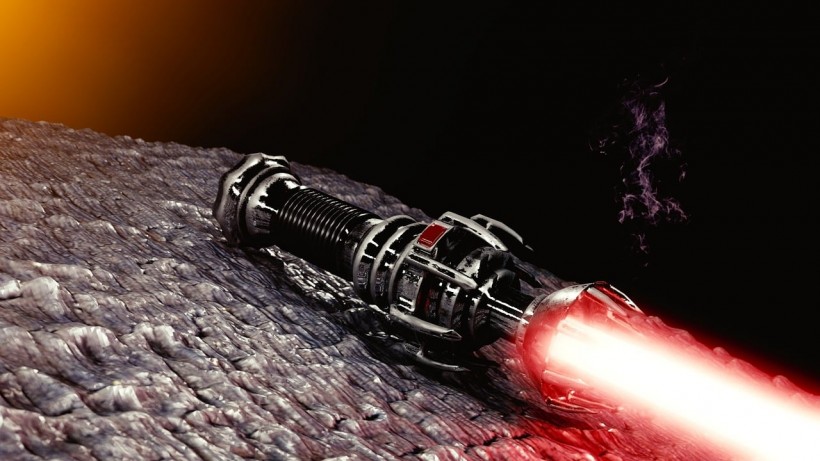Scientists have discovered the crucial keys to building laser weaponry that is high-powered and that can "melt" targets from a distance.
Laser Weaponry
Laser-powered weapons have already been developed by militaries. Films like Star Wars have also popularized such weapons. However, the actual weapons are significantly weaker compared to those in movies. These actual lasers can only disable airborne targets that are small.
In these current weapons, the light is from an optical fiber in single-mode. It transmits a single light wavelength through the core of the fiber and then creates a focused beam. However, increasing the power is hard as light is kept in a small area.
Unlike its single-mode counterparts, multimode optical fiber is wider and can boost infrared light power by roughly three to nine times. However, such technology usually yields unfocused and messy beams because of scattering. This means that the power rapidly dissipates over long distances.
Keys to Building High-Powered Laser Weapons
In a new study entitled "Mitigating stimulated Brillouin scattering in multimode fibers with focused output via wavefront shaping," scientists have discovered a way that limits the quantity of light scattered from multimodal fibers. This theoretically means that militaries can design lasers that are strong enough to yield significant damage and focused enough to form a narrow and smooth beam.
Stephen Warren-Smith and Linh Nguyen, the study's lead authors, who are researchers from the Future Industries Institute at the University of South Australia, explain that a laser beam of bad quality will rapidly diversify as it propagates. Hence, it cannot offer a concentrated amount of energy to its supposed target. The lead authors explain that they have a way to control the light within the fiber so that its emergence becomes a focus point that can be converted into a beam that is narrow and high-quality.
For years, the defense sector has been working on military-grade lasers. It has also been vying for its real-world deployment.
No weapon prototype has been developed by the team. However, the lasers made with their blueprints could be strong enough to make enemy systems confused or to handle significant vehicle or machine thermal damage.
Present technology is capable of zapping small airborne targets from close proximity. However, this new technology could handle a broader target range.
Beyond weaponry applications, the researchers believe that the lasers could also help with remote sensing. For instance, they could help determine the speed of wind at farther distances compared to usual methods. These high-powered lasers are also crucial to the detection of gravitational waves.
The researchers are hopeful that their discovery could help with such research endeavors in the future.
RELATED ARTICLE: Learning Optics: What's the Relation Between Laser, Light, and Lenses?
Check out more news and information on Tech & Innovation in Science Times.















